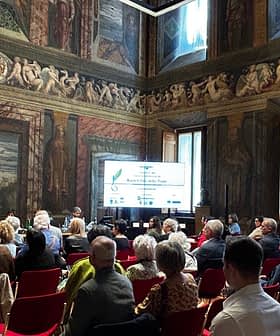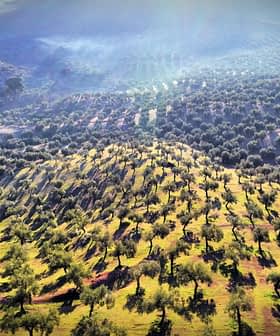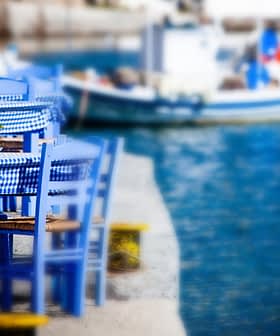In a large and sunny room overlooking the Adriatic Sea, teams of landscape, architectural and environmental experts from three Italian universities poured over maps, spreadsheets and aerial images of olive farms.
Meanwhile, in another room, the olive oils produced by those farms were analyzed by a panel of expert tasters.
For three days this week San Martino was the setting for the first Extrascape competition — the innovative creation of Michele Vitale and Francesco Travaglini, the president of MolisExtra, an association of producers in this little-known region four hours by car from Rome.

MolisExtra President Franceso Travaglini
Molise is among Italy’s most rural areas, unspoiled by industrial activity and far from the trampled paths of tourists along the Mediterranean coast. Its rolling hills are etched by ancient tracks where for thousands of years sheep were herded from Puglia north and west to Abruzzi.
Molisans are proud of their rural traditions, and never more than this week during “La Carrese” — a race dating back to 842 through the winding village streets by teams of oxen and drivers on colorful carriages.
At the finish line fans wearing the red colors of the winning “Giovanotti” team erupted with screams of triumph, while many of the villagers in blue and green colors openly sobbed and consoled one another.
The oxen seemed near death as they crossed the line gasping, their mouths opened wider than seemed possible. Yet ten minutes later they appeared no worse for the wear and a local man said the oxen “work like hell for one day a year and spend the other 364 in a five-star hotel.”
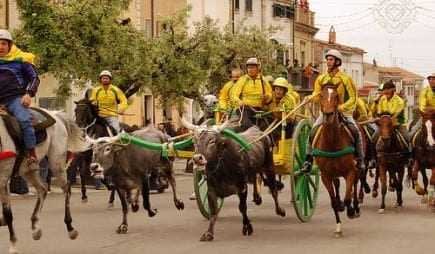
La Carrese
Soon the reds, greens and blues came together like pixels on the piazza with song and celebrations that lasted into the night and early morning.
The tiny annual olive oil production in Molise — about 450,000 liters — is just 1 percent of Italy’s total and less than some giant mills can pump out in a single day, but producers in the Molise D.O.P. are striving to offer the highest quality, complete traceability and the unique sensory profile that can only be found in oils from these ancient, fragrant valleys.
The landscape experts, who were supported by an army of laptop-wielding doctorate students, rated farms from five countries on a complex set of criteria including sustainability, biodiversity, respect for the environment and harmony with their surroundings.
Those scores were combined with the results from the tasting panel to declare the winners of the first annual Extrascape competition.
Not surprisingly team leaders from both sides said there was a strong correlation between the quality of a farm’s landscape and the oil it produced.
The top prize was awarded to the Spanish producer Casa de Hualdo for a Picual and its high-density Andalusian farm which the jury found to be managed with great care and highly respective of its history and surroundings, even within its modern farming model.
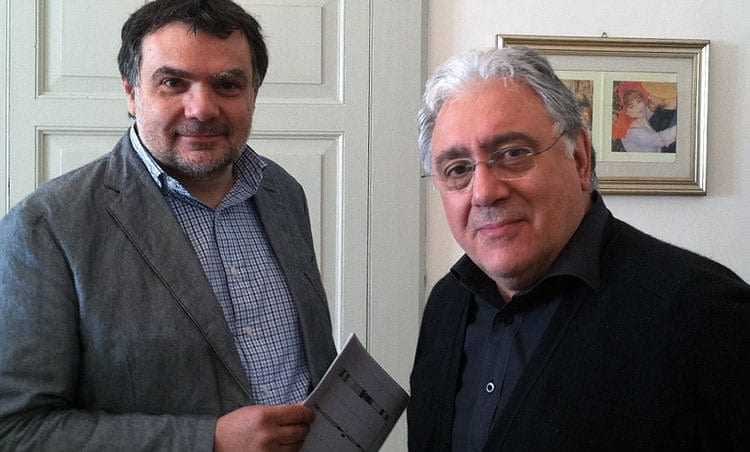
Taste Panel Members Antonio G. Lauro and Gino Celletti
A special award was given to the landscape of Azienda Marina Colonna, the largest producer in Molise, for its extraordinary collection of Italian cultivars grown on the estate both for research and for the Colonna range which has introduced the world to Molisan olive oils.



